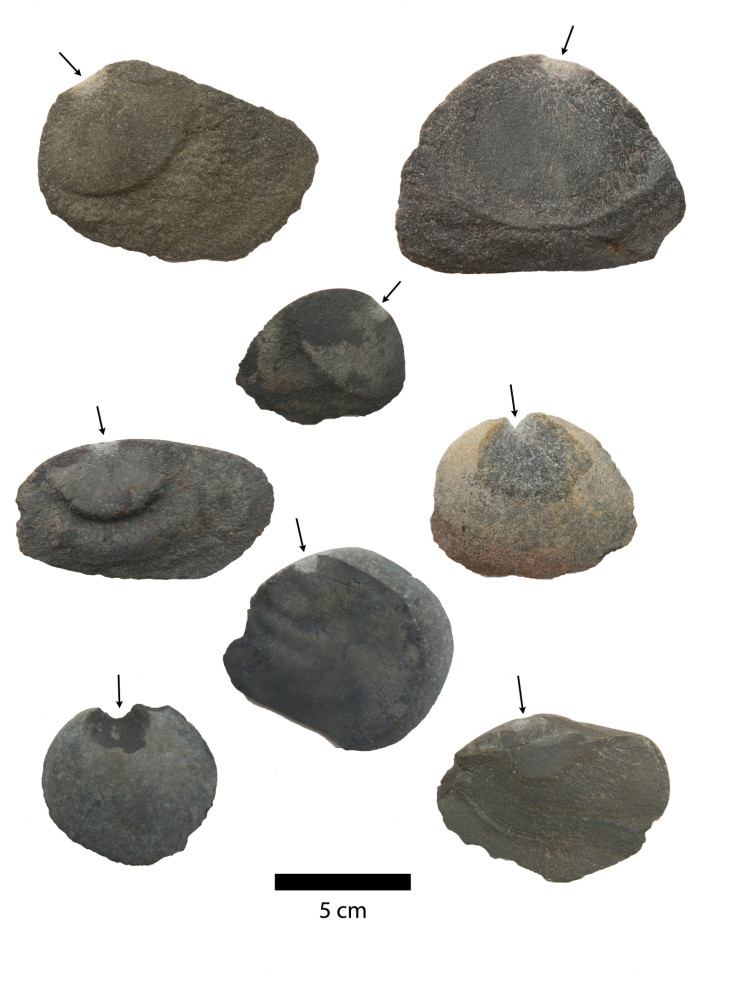Peru: Ancient pyramid excavation reveals extremely complex society 15,000 years ago
Many artefacts and food remains have been recovered at the ancient site.

The ancient civilisation that populated the coasts of Peru some 15,000 years ago was more advanced than archaeologists had previously imagined. Ancient artefacts suggest that these people had developed efficient techniques to extract resources from the sea early on.
The site of Huaca Prieta in coastal Peru is home to the earliest pyramid in Latin America. Radiocarbon analyses have revealed traces of human presence in the area between 15,000 and 8,000 years ago, before this large human-made mound was erected.
Archaeologists have unearthed a multitude of ancient artefacts at the site spanning this period. These objects offer precious clues about the origins and emergence of a complex society in coastal Peru.
A study now published in Science Advances, presents the most extensive analysis of these food remains, stone tools (see picture below), and other cultural objects scattered and buried at the site.
Complex food gathering
The findings suggest that early populations at Huaca Prieta used a wide range of strategies to get food, including trapping animals and trading with others for resources.

The latter is evident from the fact that researchers found remains of avocados, beans and possibly cultivated squash and chilli peppers. Since these species mostly grew in the interior valley and western slopes of the Andes, it is likely that trade exchanges were taking place early on between coastal populations and interior valley populations.
The archaeologists note that no bifacial stone tools, harpoons, or fishhooks were recovered at the site, even though these people did collect and eat maritime foods. Thus, they hypothesise that maritime resources were gathered by trapping with nets or clubbing.


Overall, the data suggests that early communities at Huaca Prieta exploited a great variety of natural resources from their coastal environment. The diverse strategies they used to get food would have minimised threats posed by potential climatic shifts.
Together, these behaviours suggest emergence of a complex Peruvian society between 15,000 and 8,000 years ago.
"These strings of events that we have uncovered demonstrate that these people had a remarkable capacity to utilise different types of food resources, which led to a larger society size and everything that goes along with it such as the emergence of bureaucracy and highly organised religion," study co-author James Adovasio, from Florida Atlantic University in the US concluded.
© Copyright IBTimes 2025. All rights reserved.






















